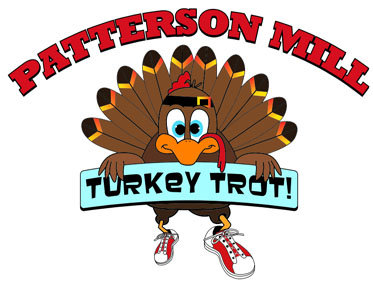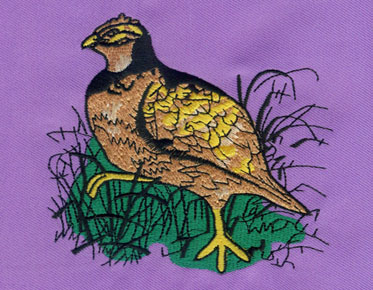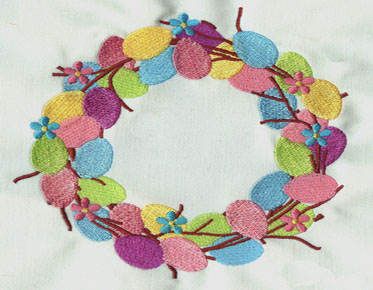Converting Complex Bitmap Images into Vector Art: Limitations and Challenges
As businesses and designers increasingly turn
to vector graphics for their scalability and versatility, the process of
converting traditional bitmap (or raster) images into vector art has gained
significant importance. However, when dealing with complex or highly detailed
bitmap images, this conversion process is not without its limitations and
challenges. This article aims to shed light on these potential obstacles,
providing a comprehensive understanding of the intricacies involved in bitmap
to vector art conversion.
Understanding Bitmap and Vector Graphics
Before delving into the challenges, it is
essential to understand the fundamental differences between bitmap and vector
graphics. Bitmap images, also known as raster images, are composed of tiny
pixels, each with its color. They offer great detail and are ideal for complex
images like photographs. However, they lose quality when scaled up.
On the other hand, vector arts use mathematical equations to create shapes and lines. They are scalable to any size without losing quality but might lack the detail and subtlety of a bitmap image.
What are the potential obstacles?
1. Loss of Detail and Subtlety
When converting highly detailed bitmap images
into vector art, the most common challenge is the potential loss of detail and
subtlety. Bitmap images can represent subtle gradients and color variations,
but these can be difficult to reproduce accurately in a vector format. This is
particularly problematic when dealing with complex images like photographs,
where the depth and richness of detail are crucial.
2. Complexity of the Conversion Process
Even with professional vector art conversion services, the conversion from bitmap to
vector is a complex process, especially when dealing with detailed images.
While there are automatic conversion tools available, they often fall short
when dealing with complex images. These tools can struggle with accurately
interpreting intricate details, leading to subpar results. Manual conversion by
a skilled designer or illustrator is often the best way to ensure accuracy, but
it can be a time-consuming and labor-intensive process.
3. Limitations of Vector Graphics
While vector graphics are excellent for logos
and illustrations that require scalability, they have their limitations. They
are not the best choice for representing photorealistic images due to their
inability to handle a high level of detail and color complexity effectively.
This limitation can pose a challenge when businesses or designers want to
convert a detailed bitmap image into a scalable vector graphic.
4. Software and Skills Requirement
High-quality bitmap to vector conversion requires specific software tools like Adobe
Illustrator or Corel Draw. These tools come with their learning curve, and
mastering them requires time and effort. Businesses may need to invest in
training or hire skilled professionals to handle the conversion process, adding
to the overall cost.
Frequently Asked Questions
Q1: What is the main challenge when converting
bitmap images to vector art?
A1: The most common challenge is the potential
loss of detail and subtlety. Bitmap images can represent subtle gradients and
color variations, which can be difficult to reproduce accurately in a vector
format.
Q2: Are there limitations to using vector graphics
for converting detailed bitmap images?
A2: Yes, vector graphics may not be the best
choice for representing photorealistic images due to their limitations in
handling a high level of detail and color complexity effectively.
Q3: What software and skills are required for
high-quality bitmap to vector conversion?
A3: Specific software tools like Adobe
Illustrator or Corel Draw are commonly used. However, mastering these tools may
require time and effort, and businesses may need to invest in training or hire
skilled professionals for the conversion process.
In conclusion, while the conversion of bitmap
images into vector art comes with its challenges and limitations, it's
important to remember that these two types of graphics serve different
purposes. Bitmap is best for detailed, complex images, especially photographs,
while vector excels in scalable, simpler designs like logos and illustrations.
The challenges of converting bitmap images into vector art are significant but not
insurmountable. With the right tools, skills, and patience, it is possible to
navigate these challenges effectively. In the end, understanding these
limitations and challenges is a crucial step towards making informed decisions
in the realm of digital design and ensuring the successful application of
vector art in various fields.



